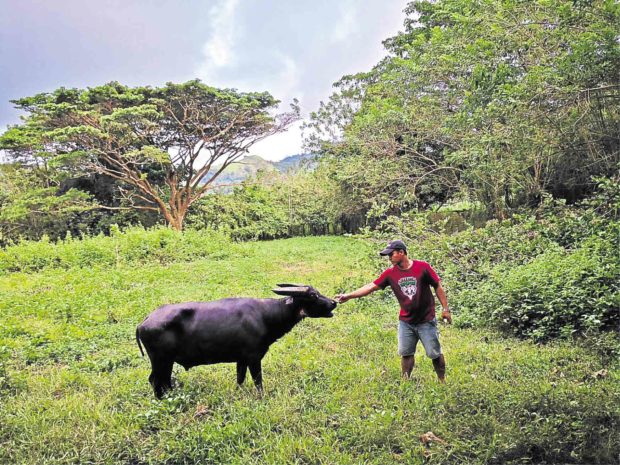For 21 years, Kalibasib stood as the lone surviving tamaraw born in captivity not just in the country, but in the entire world. But last weekend, Kalibasib was revealed to have passed away—coincidentally, as we celebrate tamaraw month this October.
Raised at a 280-hectare facility in Barangay Manoot in Rizal, Occidental Mindoro, the tamaraw was born from the government’s initiative of opening a tamaraw gene pool in 1980. Included in the 20 adult tamaraws from the wild that was brought in for this were the parents of Kalibasib.
Kalibasib’s name is an acronym for “Kalikasan bagong sibol,” and for many years, this strong dwarf buffalo was the only way tourists and students were able to see a live tamaraw up close. This is because Kalibasib was the only captive-bred tamaraw in the facility to survive for over 20 years, with the others eventually having passed away due to pests and diseases.

While veterinarians are still set to perform a necropsy on the tamaraw, initial findings showed that Kalibasib passed away due to old age. The average lifespan of the rare buffalo is 20 to 25 years.
“He was still able to eat bananas in the morning but when they came back around 2:30 pm, the rangers found him lying on the grass,” said Tamaraw Conservation Program’s coordinator Neil Anthony del Mundo. Kalibasib’s remains were preserved in cold storage for taxidermy.
Currently, the tamaraw population stands at approximately 600 in Mindoro. While these endemic animals are naturally difficult to catch, they are highly threatened by illegal poachers, which is why they are classified as critically endangered.
Header photo by Clifford Nuñez for Inquirer.net
Get more stories like this by subscribing to our weekly newsletter here.
Read more:
Endangered tamaraws seen in the wild in Mindoro after more than a century
Cold-loving migratory hooded cranes seen in Siargao for the first time
Plant poachers can expect to be fined P5k-P300k and imprisoned up to 4 years